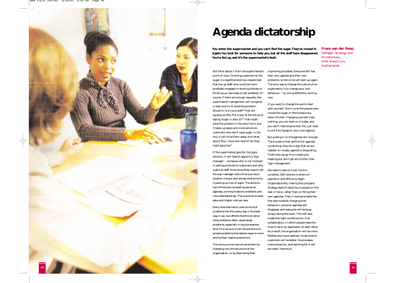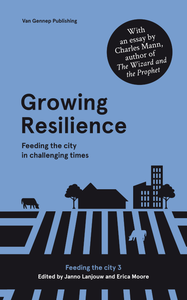This article explores cooperation between a commercial supermarket chain and an environmental non-governmental organization linking it to consumer perception of the “The Super Animals” collectable cards promotion initiative. The case study focuses on one particular joint project involving Animal Cards that was initiated by the supermarket Albert Heijn and the World Wide Fund for Nature in The Netherlands. Based on this case, environmental non-governmental organizations’ strategic choices in the context of contesting discourses of sustainability and consumption, as well as implications for environmental education, are addressed. This article combines three strands of the literature – on sustainable consumption, on strategic cooperation between commercial companies and environmental non-governmental organizations and on environmental education. It is argued that the Animal Cards initiative presents an ambiguous case by both attempting to enhance environmental awareness and promoting consumption, opening up questions about the value of such cooperative ventures to the objectives of environmental education. It is concluded that cross-sector partnerships have the potential to lead to improvements in corporate social responsibility and environmental awareness among consumers but simultaneously pose the danger of undermining the critical stance toward consumption. https://doi.org/10.1177/1469540514556170 LinkedIn: https://www.linkedin.com/in/helenkopnina/
MULTIFILE

You enter the supermarket and you can’t find the sugar.They’ve moved it. Again.You look for someone to help you, but all the staff have disappeared. You’re fed up, and it’s the supermarket’s fault.
DOCUMENT

Even in a less eventful year, it’s no easy feat: working to make our food supply healthy and sustainable. But 2020 brought a spate of new challenges. It was the year of Brexit, Black Lives Matter, and the COVID-19 pandemic. A year of hope and loss and solidarity, of masks and worries and Zoom calls. Of infection sweeping through the meatpacking industry and sometimes, of empty supermarket shelves. It was also the year that brought us the glimmering realisation that everything could be different. When so much has changed – how we work, who we spend time with, how far we venture from home – what all might be possible for food and for farming? In Flevo Campus’s latest collection of essays, thirteen journalists, scholars, and thought leaders from the US, the Netherlands, and the UK share insight into the question: How can we build resilience into our food supply – and grow more resilient ourselves? Every year, Flevo Campus publishes the best work on feeding the cities of today and tomorrow. This year’s edition includes essays by Stephen Satterfield, Charles C. Mann, Herman Lelieveldt, Hester Dibbits, Kelly Streekstra, Sigrid Wertheim-Heck, Anke Brons, Joris Lohman, Sebastiaan Aalst, Marian Stuiver, Frank Verhoeven, Emily Whyman, and Lenno Munnikes.
DOCUMENT

DOCUMENT
DOCUMENT
Breaking the comfort zone has always been close to my neurodiverse brain; a walk through the supermarket for groceries is sometimes quite a torment. But now that I 'm constantly in the comfort zone, I miss life 's awkwardness. The most beautiful memories in life are often moments when everything turned out unexpectedly different.
MULTIFILE

PowerPointpresentatie gebruikt bij een workshop gehouden op het MiniSymposium Agroforestry en Notenteelt op 18 mei 2022, op hogeschool Van Hall Larenstein te Velp.
DOCUMENT

LINK
When my daughter was born eleven years ago, many new worlds opened for me. In addition to the world of diapers and sleepless nights, my use and perception of public space changed. The width of the sidewalk and loose paving stones suddenly became important. First through my walks with the pram and a few years later when my daughter stumbled down the street. In her early years the walk to the local supermarket was a great adventure, because everything was interesting to her: the flowers from the front gardens, the leaves, the twigs of the trees lying in the street, the chains on the yellow fire hydrants, the baker’s shop window, etc. All things that stood out much more at her eye level and stimulated her senses.
DOCUMENT
